Saving Sabah’s Orangutans
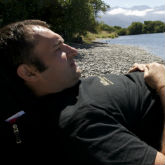
Borneo’s furry friends are a major tourist draw in Sabah, and Pat Fama meets a team dedicated to protecting and preserving these beautiful creatures for the generations to come.
Seeing an orangutan in the wild is a truly special experience, and an opportunity to appreciate one of our closest relatives in its natural habitat. Sightings are far from guaranteed given the drastic reduction of numbers over recent decades but, fortunately, a place does exist in eastern Sabah where semi-wild orangutans can be seen at close hand.
Sepilok Orang Utan Rehabilitation Centre
For nearly half a century, the Sepilok Orang Utan Rehabilitation Centre, based in a forest reserve near Sandakan, has been working to save these magnificent beasts from extinction. During its 50-year history, more than 600 orphaned orangutans have been brought to the centre and, through a lengthy and painstaking process, taught how to survive in the wild.
The centre has become one of Sabah’s major tourist attractions, with most visits timed to coincide with the two feeding times (10am and 3pm) when several young apes usually turn up to eat and play. At Sepilok, sightings are not guaranteed; it is important to remember that Sepilok is not a zoo or a circus. During the height of the fruiting season (from July to October), numbers are much reduced and, on occasion, no orangutans turn up at all.
In pure conservation terms, it is best to limit contact between wild animals and humans, which is why only a small sense of conservation
Feeding platform Handlers with young orangutans part of the centre is open to visitors. Ticket revenue may be vital to help fund Sepilok’s work, but the centre’s overriding purpose is to rehabilitate orangutans rather than to provide entertainment for tourists.
Righting the wrongs of man
The vast majority of orangutans who come to Sepilok are orphans whose mothers have died as a result of human action; some are killed by farmers or plantation workers to protect crops, while others are shot dead by poachers who can get good money for baby orangutans, either as pets or performing animals.
Rehabilitating orphaned orangutans is a long and expensive process. Three core skills are essential to being able to survive in the wild: climbing, foraging for food, and building nests to sleep in. These are the skills which would normally be passed on by a mother to her offspring but, at Sepilok, humans stand in as foster parents.
Orangutan Education
The centre’s manager, Sylvia Alsisto, was kind enough to give me a tour of areas normally out-of-bounds to visitors and show me the various stages of the rehabilitation process. A vital starting point is the medical centre, which ensures that the orangutan residents remain healthy – an unfortunate side-effect of sharing 97% of their DNA with humans is that they can easily contract our diseases.
After a newly arrived orphan is given a clean bill of health, it joins the other students learning how to be orangutans. As at any school, the various pupils have different levels of aptitude and motivation. Some of the young orangutans are, in a very real sense, “high-fliers,” climbing to the top of huge trees, while others are much slower learners.
As well as getting help from their human teachers, the orangutans also learn from each other, in the so-called “buddy system.” This method becomes increasingly important as the orangutans get older and move from the nursery area to the later stages of their education.
A question of balance
When Sylvia first started working at the centre in 1984, she was Malaysia’s first female wildlife ranger. At the time, Sepilok attracted about 30,000 visitors; now the figure is closer to 100,000. While helpful in terms of revenue and increasing conservation awareness, rising visitor numbers are not without their problems, as Sylvia acknowledges:
“Tourism can help, but it is a question of balance. We don’t want the orangutans to get too close to humans because it will affect their behaviour. There are lots of resorts near to Sepilok now, and this can encourage visits by orangutans.”
Another development over recent years has been the steep decline in orphan arrivals. This could be viewed optimistically, as a sign that public education efforts are paying off, or, more realistically, it could provide further evidence of the critical state of orangutan numbers in the wild and/or traffickers getting better at escaping detection.
According to the UN’s Great Apes Survival Partnership (www.un-grasp. org), an estimated 11,000 orangutans remain in Sabah. They are a sub-species of the endangered Bornean orangutan (Pongo pygmaeus), one of two species of the great ape; the other being the critically endangered Sumatran orangutan (Pongo abelii).
By far the biggest threat facing these orangutans, both in Sumatra and Borneo, is habitat loss. An adult male needs well over a square kilometre of forest to forage for food. Sabah has lost massive swaths of forest in recent decades, primarily to logging and plantation agriculture, but also to expanding human settlements. Fires, many deliberately started to clear land, have had a devastating effect too.
Sepilok is far too small – and too close to human settlement – to be a true wildlife sanctuary. Its role is to provide orangutans with the tools to survive in the wild, after which the ultimate aim is to transfer them to remote forests, well away from humans. Several adults have already been relocated to Tabin Forest Reserve, where it’s hoped they will boost the local population.
The whole rehabilitation process, from initial medical care through to post-release monitoring, costs tens of thousands of ringgit per ape. Every visitor to Sepilok helps to support the centre’s valuable work, but if you want to do even more, there is a great scheme run by Orangutan Appeal UK (www.orangutanappeal.org.uk) where five young orphans at the centre – Chikita, Beryl, Bidu Bidu, Peanut and Glison – can be “adopted.”
Since first opening their doors in 1964, the dedicated staff and volunteers at Sepilok have worked tirelessly to save orangutans, one ape at a time. Whether there will still be any wild orangutans left in another 50 years remains to be seen, but for Sylvia, there is no choice but to be optimistic and believe that, somehow, these iconic and incredible creatures will be saved from extinction.
———————————————————————————————————
For more information on Sepilok Orang Utan Rehabilitation Centre, visit www.sepilok.com.
———————————————————————————————————
Source: Senses of Malaysia Jul-Aug 2013
Read more:
- Rare Species of Orang Utan Found in Sarawak
- A Wild Adventure in Borneo
- 10 Nature Sights You Should See in Malaysia
What are your thoughts on this article? Let us know by commenting below.No registration needed.
Focus Image Photo Credit: Orangutan Appeal UK
Homepage Highlight Photo Credit: Tupolev und seine Kamera, Flickr


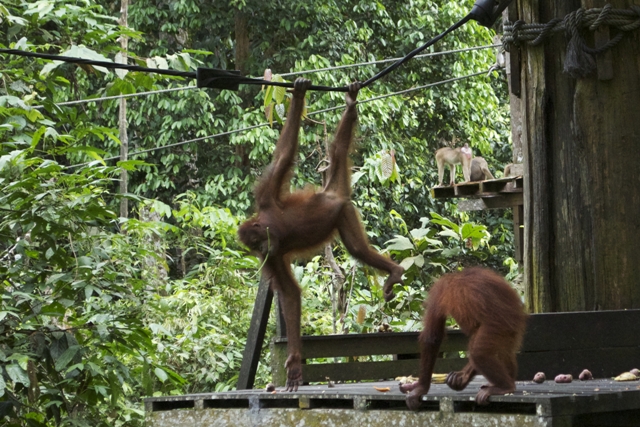
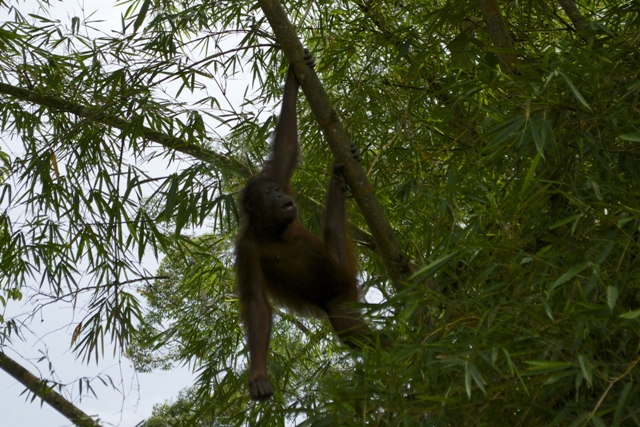
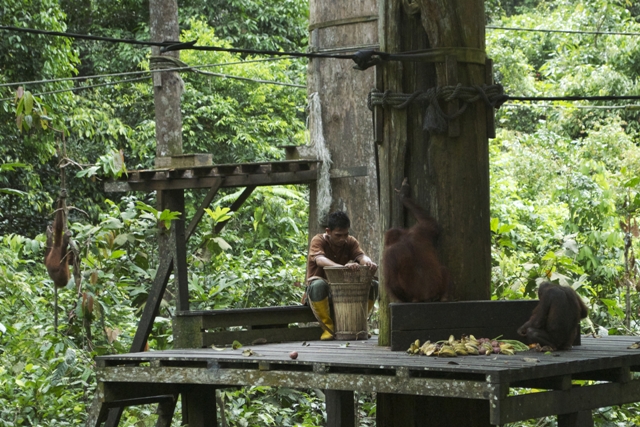
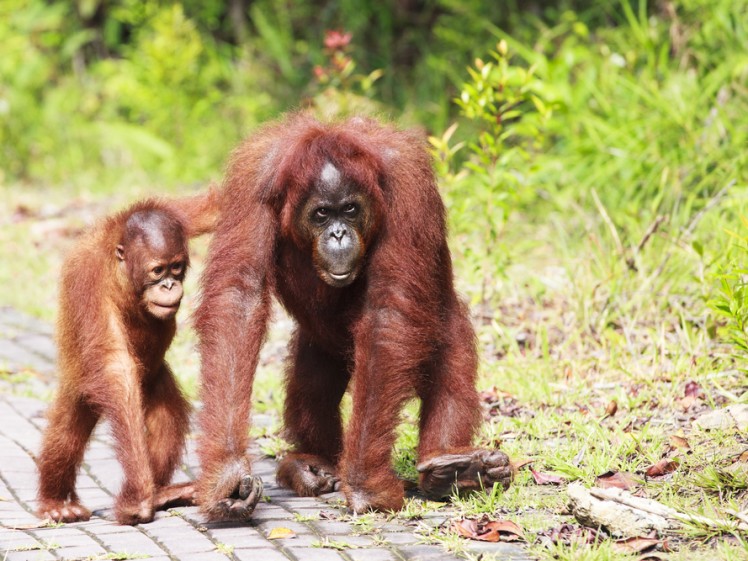
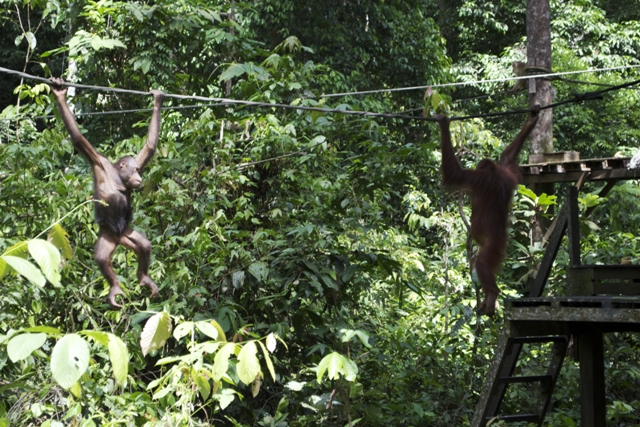
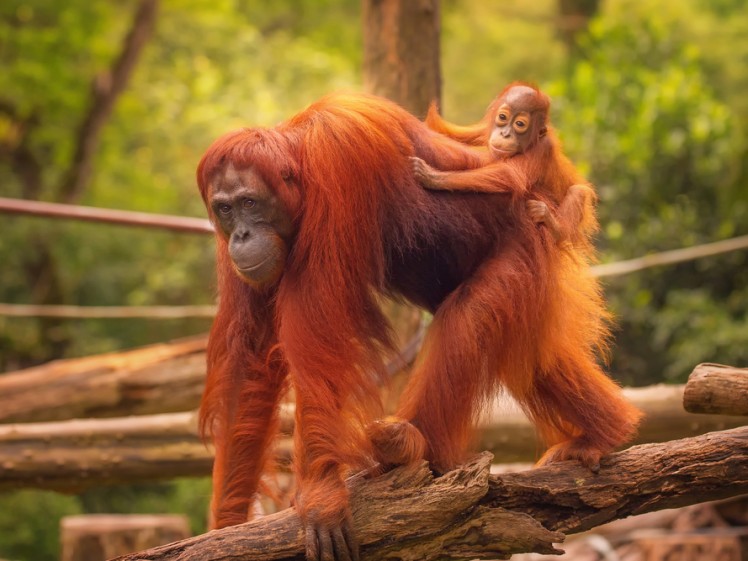


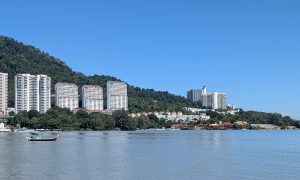



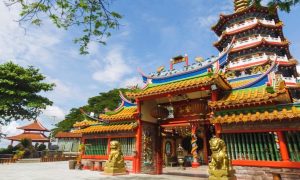







To do voluntary work in this sanctuary in sepilok costs you 3000 myr/week. Where is the love for animals?
Jennine Loader
This was a great experience…I can’t wait to go back